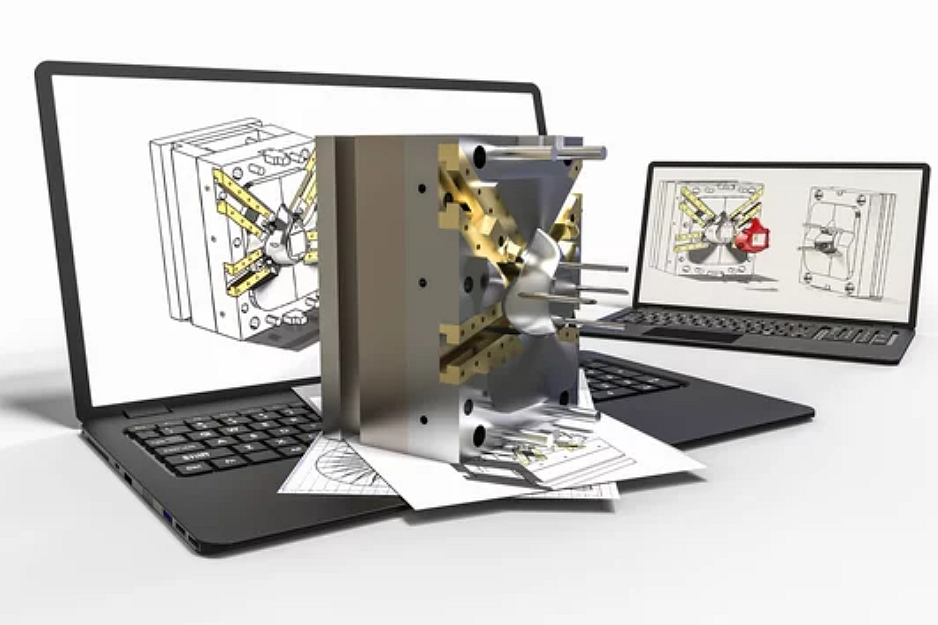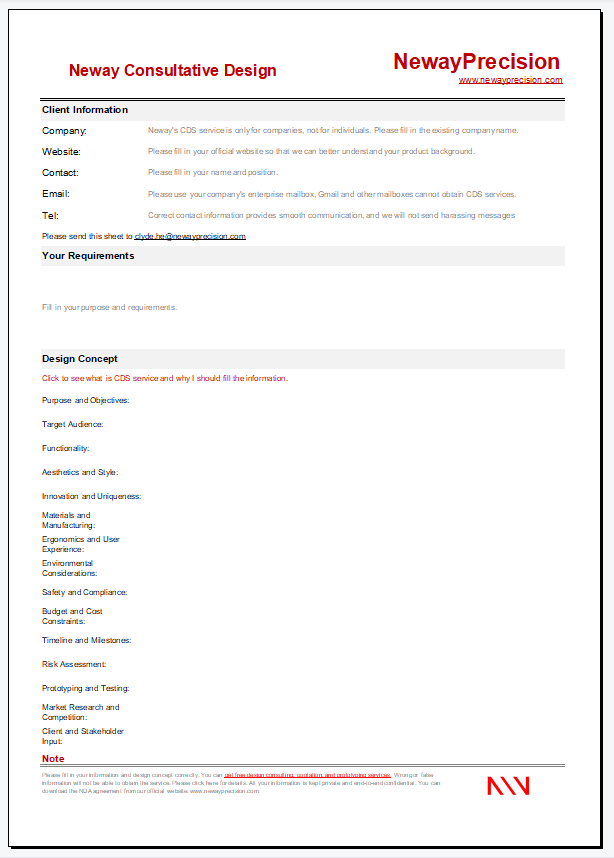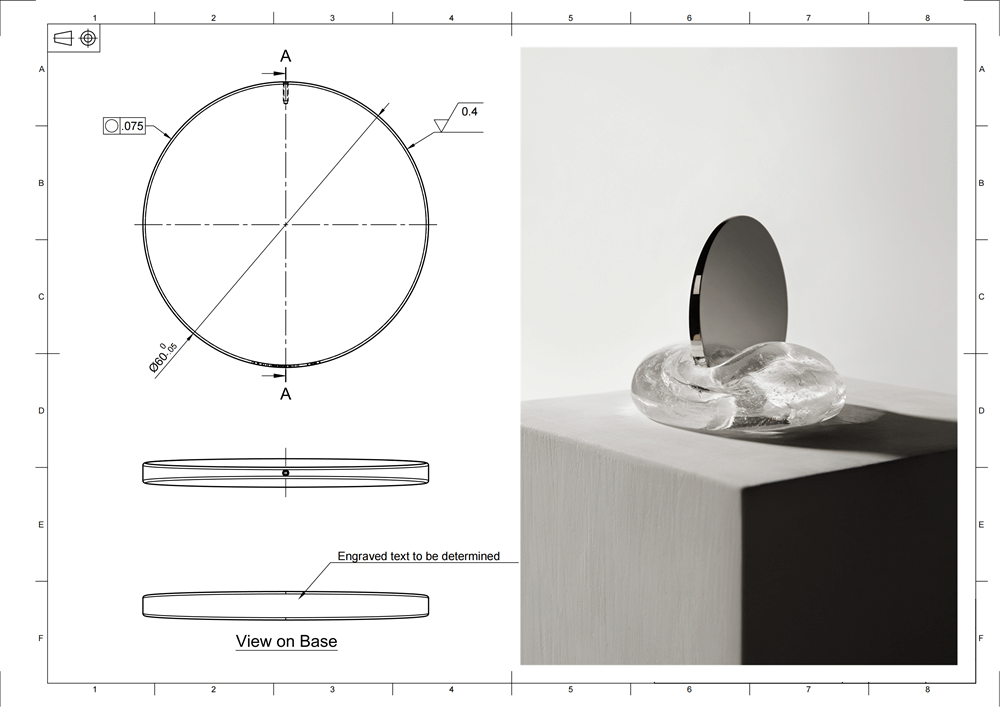How Does Neway Provide Consultative Design Service?
Consultative Design Service at Neway

Consultative Design Service is a crucial aspect of Neway's comprehensive product development and manufacturing approach. As a production engineer at Neway, let me provide you with a detailed explanation that you can use in your product development.
Consultative Design Service is a specialized offering provided by Neway, a leader in injection molding, precision casting, sheet metal fabrication, and rapid prototyping services. This service is integral to Neway's commitment to delivering high-quality, customized solutions to clients across various industries. Here, we'll explore what Consultative Design Service entails and how it contributes to successful product development.
Know the Consultative Design Process
Consultative Design Service at Neway is a collaborative, precision-focused approach to product development. It begins with in-depth consultations, followed by rigorous design analysis, creative ideation, and the production of high-precision prototypes. This iterative process optimizes designs for performance, cost-effectiveness, and manufacturability, reducing time to market and minimizing costs. Neway's team of industry experts ensures that designs meet the highest standards, with a focus on client satisfaction and innovation. This service benefits from Neway's extensive manufacturing capabilities, making it a valuable resource for clients seeking tailored, high-quality solutions.
Initial Consultation
The process begins with an initial consultation between Neway's team of experts and the client. During this phase, the client presents their product concept, design requirements, and any specific challenges they may face.
A design concept encompasses several vital elements defining a product or project's vision and direction. It includes:
Purpose and Objectives: The design concept should begin by clearly stating the product's or project's purpose and objectives. What problem is it intended to solve, and what goals does it aim to achieve? It sets the foundation for all design decisions.
Target Audience: Identifying the target audience is crucial. Who will use the product, and what are the needs and preferences? Understanding the end-users helps tailor the design to their requirements.
Functionality: Describe how the product will function and what features it will offer. It includes a detailed analysis of its intended functions, performance expectations, and specific technical requirements.
Aesthetics and Style: Address the visual aspects of the design, including its aesthetics, style, and overall look and feel. It encompasses considerations such as color schemes, materials, and design elements.
Innovation and Uniqueness: Explain how the design concept innovates or distinguishes itself from existing solutions in the market. Highlight any unique features or technology that set it apart.
Materials and Manufacturing: Discuss the choice of materials and manufacturing methods. It involves selecting the most suitable materials for durability, cost-effectiveness, and environmental impact and considering how the design will be produced.
Ergonomics and User Experience:
Pay attention to ergonomics and user experience.
Ensure that the design is user-friendly, comfortable, and safe.
Consider factors like user interfaces and accessibility.

Environmental Considerations: Design concepts often incorporate sustainability features in today's environmentally conscious world. Discuss how the design minimizes its environmental footprint through recycling or energy efficiency.
Safety and Compliance: To Address safety standards and regulatory compliance. Explain how the design concept meets or exceeds safety requirements and adheres to relevant industry regulations.
Budget and Cost Constraints: Mention budgetary constraints and cost considerations. Balancing design aspirations with budget limitations is crucial for project feasibility.
Timeline and Milestones: Outline the project timeline and key milestones. It helps manage expectations regarding project progress and completion.
Risk Assessment: Identify potential risks and challenges associated with the design concept. Discuss strategies for mitigating these risks.
Prototyping and Testing: Detail plans for creating prototypes and conducting testing. Prototyping allows for validation and refinement of the design before full-scale production.
Market Research and Competition: Include insights from market research and an analysis of competitors. Understand how the design concept fits within the market landscape.
Client and Stakeholder Input: Discuss any input or requirements from clients and stakeholders. Their feedback and expectations should be integrated into the design concept.
Design Analysis
Neway's experienced engineers thoroughly analyze the client's design concept. And evaluates material and process selection, manufacturing feasibility, cost-effectiveness, and adherence to industry standards. Precise data and calculations provide the client with a comprehensive understanding of the design's strengths and weaknesses.
Material Selection
Evaluating material selection involves a meticulous analysis of various factors, such as the specific application's mechanical, thermal, and chemical requirements and considerations of cost, availability, sustainability, and environmental impact. Expectations, ensuring that the chosen material possesses the necessary properties to meet these criteria. In addition, the selection of material is also related to the manufacturing process, and the selected material has to correspond to the relevant process.
Manufacturing Process Selection
Evaluating manufacturing process selection involves a comprehensive analysis of various factors, including the complexity of the product design, material compatibility, production volume, cost-effectiveness, precision requirements, environmental impact, and adherence to quality and safety standards. It requires a holistic understanding of the project's goals and constraints, ensuring that the chosen manufacturing process aligns seamlessly with these objectives.
Manufacturing Feasibility
Evaluating manufacturing feasibility involves a comprehensive assessment of the practicality and viability of turning a design concept into a tangible product. It encompasses the analysis of various factors, including the availability of suitable manufacturing technologies, the complexity of the design, materials compatibility, production scalability, cost-effectiveness, and adherence to quality and safety standards. Neway excels as an industry leader by leveraging its extensive expertise in injection molding, precision casting, sheet metal fabrication, and rapid prototyping to meticulously evaluate these factors.
Cost Effectiveness
Evaluating cost-effectiveness in manufacturing involves a holistic analysis of expenditures throughout the production lifecycle, including material procurement, labor, equipment, energy, maintenance, and waste management. It also considers factors like production volume and scalability. Neway excels by employing data-driven cost analysis tools and lean manufacturing principles. By meticulously assessing these cost components and optimizing processes, Neway ensures that its manufacturing solutions are precise, high-quality, and cost-effective, delivering value to clients through competitive pricing and efficient resource utilization.
Collaborative Ideation
Collaboration is at the heart of Consultative Design Services. Neway's engineers work closely with the client to brainstorm ideas, make design improvements, and optimize the product for its intended purpose. This phase often involves creative problem-solving and exploring alternative materials or manufacturing processes.
Case Reference

Neway has 30 years of experience manufacturing non-standard parts, covering multiple industries and showing related manufacturing cases. It means you can have a lot of design and manufacturing references. They include the following industries:
Prototype Development
Once the design is refined and agreed upon, Neway can produce high-precision prototypes using its state-of-the-art manufacturing capabilities, such as CNC machining prototyping or 3D printing. These prototypes serve as tangible representations of the final product, allowing for hands-on testing and validation. But can not be put into mass production.
For mass production projects, we have a variety of manufacturing processes to choose from. The prototypes made by these processes can produced on demand and are 100% the same as the final product.
Iterative Refinement
Feedback from prototype testing informs further refinements. Neway's team iterates on the design as needed, ensuring it meets the client's specifications and performance requirements. This iterative approach reduces the risk of costly design flaws during full-scale production.
Iterative refinement is a dynamic and cyclical process integral to product design and development. It involves the repetitive cycle of designing, testing, evaluating, and improving a product or concept. Initially, a design concept is created based on project objectives and requirements. This design undergoes rigorous testing and evaluation, which uncovers strengths and weaknesses. These findings guide specific refinements to the design, addressing identified issues related to functionality, performance, aesthetics, cost-effectiveness, and manufacturability. The refined design is then reevaluated, and this process continues iteratively until the design achieves the desired level of precision and quality, aligning with Neway's commitment to delivering superior solutions.
